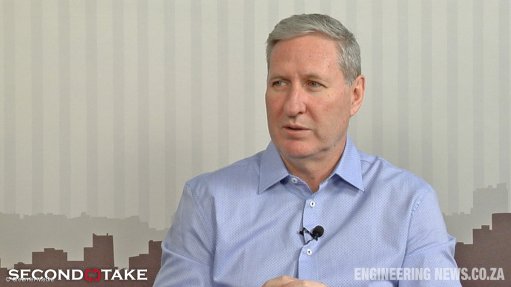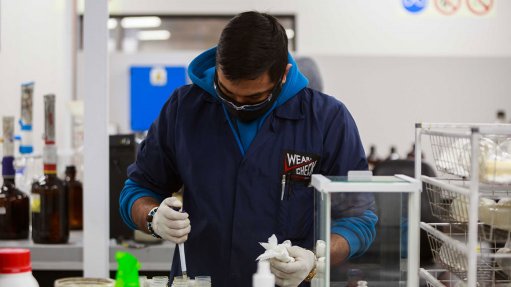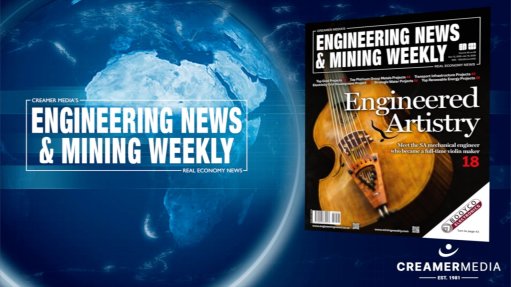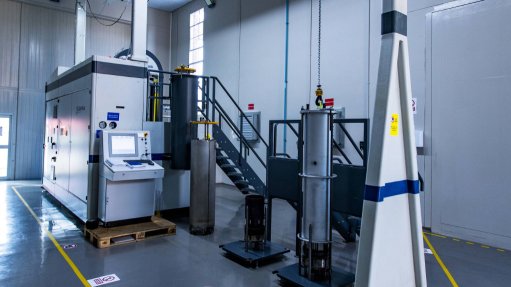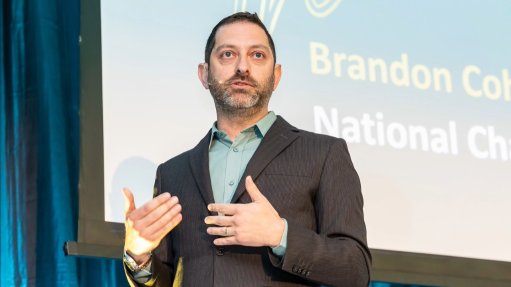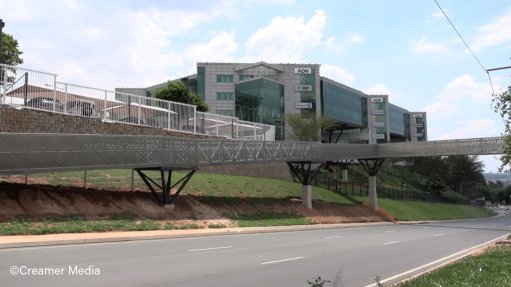Climate change adds impetus for strengthened systems

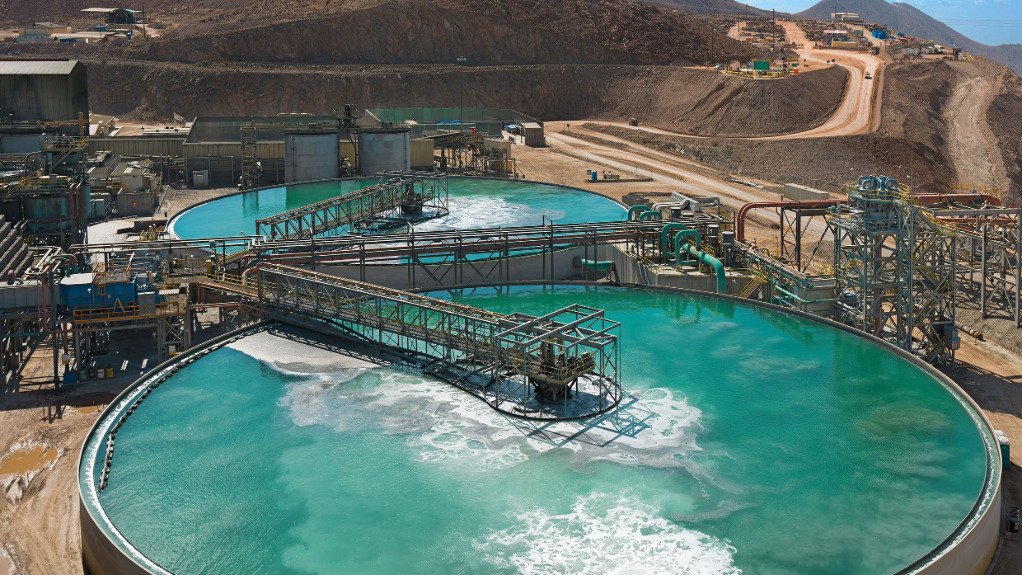
LONG-TERM PLANNING Transitioning from conventional water treatment to resource recovery and water neutrality is critical for post-closure mine water management
Climate change-related impacts on water resources require strengthened water conservation efforts and long-term planning, says water sector association Water Institute of Southern Africa mine water division lead Bashan Govender.
While the local mining sector is water intensive, with mines consuming about 4.1% of the country’s water, the sector is increasingly using closed water circuits, resulting in most of the water being reused, instead of being discharged.
“Mines have made considerable progress in reuse and closed-loop water systems, as well as adopting proactive water management applications,” he says.
However, over the past two decades, the impact of climate change-related water security risks, such as temperature and rainfall change, has become increasingly evident.
Amid these changes, mines must also navigate rising water costs, infrastructure constraints, environmental scrutiny and evolving regulatory requirements, all of which compound the complexity of water management.
As a result, mining companies are increasingly exploring secure water-planning approaches that balance operational sustainability with the broader societal need for water, which, in turn, requires a proactive, integrated approach, says Govender.
Such an approach includes aligning business development, engineering, and environmental, social and governance strategies to ensure legal, social and environmental compliance while delivering inclusive, long-term benefits.
Key components of this approach include comprehensive water conservation and demand management plans, well planned infrastructure development and robust risk mitigation strategies, supported by financial planning and regulatory compliance.
Long-term planning is also critical to identify future risks and develop effective water management plans that guide financial obligations and compliance initiatives.
Govender asserts that the mining sector must “internalise” water management to mitigate climate-related vulnerabilities and reduce its exposure to external shocks.
In addition, mines’ water stewardship must extend beyond individual operations and be approached collaboratively with regulators and other sectors, he says, adding that this requires a holistic view of the water value chain, encompassing source, supply, use, discharge and reuse.
In terms of mine closure, it is important that the practice be responsible, which presents an opportunity to integrate long-term water and environmental sustainability with socioeconomic development in communities, after mining.
He adds that the transition from conventional water treatment to resource recovery and water neutrality is critical for post-closure mine water management.
Mine water typically contains metals and elevated salinity, and Govender notes that effectively recovering these resources can transform a post-closure liability into a revenue-generating opportunity in the right circumstances, and potentially complement funding mechanisms.
“Without incorporating value recovery into post-closure models, water treatment becomes economically unfeasible and impractical for private entities that will no longer exist after closure,” he says.
Mine Water Treatment Innovations
Various mine water treatment projects have been developed in South Africa to address unique site-specific challenges while upholding the core water sustainability principles of prevention, protection, conservation and reuse, says Govender.
Mine water’s often high salinity levels, if untreated, pose risks to ecosystems and water supply systems. To address this, it is important to select the appropriate desalination technology, which depends on various elements such as source water quality, infrastructure, electricity, waste management facilities and the end use of the treated water.
Reverse osmosis (RO) – a type of desalination – addresses the salinity limits in mine water, ensuring that the treated water is fit for reuse or discharge to the environment, Govender adds.
Passive systems have also shown “promising potential” for applications in the agricultural reuse of mine water; these nature-based solutions can complement existing treatment infrastructure or serve as a final “polishing step” after conventional treatment methods to further enhance water quality.
Further, Govender notes that technology selection for effective contaminant removal from mine water depends on the characteristics of the specific water body and regional context.
Membranes are often the easiest solution to deploy to remove elevated salinity; however, the technology may result in the generation of a brine waste stream, management of which remains a challenge, he says.
“Precipitation methods may sometimes be more suitable, as they produce solid waste that is easier to manage, with only basic filtration and clarification needed to meet the required standards,” Govender says.
He adds that innovation in mine water treatment is largely focused on emerging technologies or enhancing existing systems to reduce energy consumption, improve efficiency, improve waste reduction and enable the sustainable re-use of treated water and byproducts.
Govender adds that many of the newer treatment models aim to achieve as little liquid discharge as is economically viable.
Recent advancements include the production of aluminium- and nitrate-based salts from treated mine water for fertiliser use, as well as passive treatment systems that produce water suitable for irrigation.
Article Enquiry
Email Article
Save Article
Feedback
To advertise email advertising@creamermedia.co.za or click here
Comments
Press Office
Announcements
What's On
Subscribe to improve your user experience...
Option 1 (equivalent of R125 a month):
Receive a weekly copy of Creamer Media's Engineering News & Mining Weekly magazine
(print copy for those in South Africa and e-magazine for those outside of South Africa)
Receive daily email newsletters
Access to full search results
Access archive of magazine back copies
Access to Projects in Progress
Access to ONE Research Report of your choice in PDF format
Option 2 (equivalent of R375 a month):
All benefits from Option 1
PLUS
Access to Creamer Media's Research Channel Africa for ALL Research Reports, in PDF format, on various industrial and mining sectors
including Electricity; Water; Energy Transition; Hydrogen; Roads, Rail and Ports; Coal; Gold; Platinum; Battery Metals; etc.
Already a subscriber?
Forgotten your password?
Receive weekly copy of Creamer Media's Engineering News & Mining Weekly magazine (print copy for those in South Africa and e-magazine for those outside of South Africa)
➕
Recieve daily email newsletters
➕
Access to full search results
➕
Access archive of magazine back copies
➕
Access to Projects in Progress
➕
Access to ONE Research Report of your choice in PDF format
RESEARCH CHANNEL AFRICA
R4500 (equivalent of R375 a month)
SUBSCRIBEAll benefits from Option 1
➕
Access to Creamer Media's Research Channel Africa for ALL Research Reports on various industrial and mining sectors, in PDF format, including on:
Electricity
➕
Water
➕
Energy Transition
➕
Hydrogen
➕
Roads, Rail and Ports
➕
Coal
➕
Gold
➕
Platinum
➕
Battery Metals
➕
etc.
Receive all benefits from Option 1 or Option 2 delivered to numerous people at your company
➕
Multiple User names and Passwords for simultaneous log-ins
➕
Intranet integration access to all in your organisation








